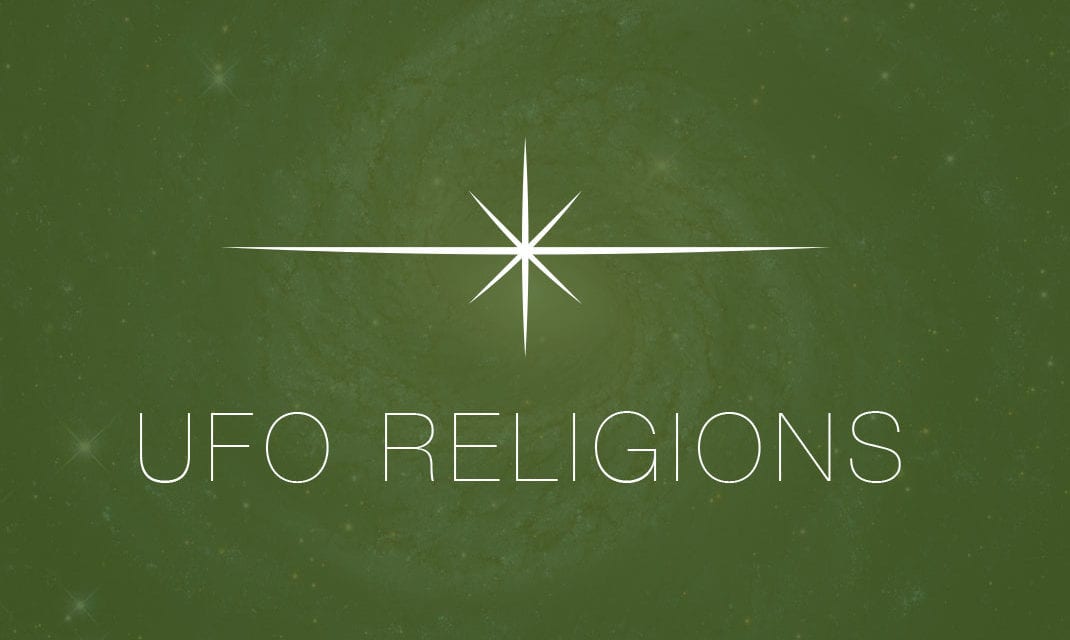Readers of this blog and those who have listened to various interviews I have done this year know that I think the request by Zecharia Sitchin to have Sumerian Queen Puabi ‘s remains genetically tested to prove her alien heritage is silly. One of the primary problems is that we don’t have (and have never seen) alien biological DNA — so this sort of testing makes the following demand of the geneticist: “Go find that alien DNA we’re looking for even though we don’t know what it would look like since no one has ever seen a specimen since we have no proof aliens exist anyway.” Junk human DNA doesn’t qualify since it’s … human (and the more geneticists learn about the human genome the less they are sure that stuff is junk).
This post over at Uncommon Descent throws another wrench in any such “testing” — and in the oft-repeated claims about human evolution. Readers know that I really don’t care about evolution. As my blogs about Genesis over on Naked Bible make clear, I don’t think the Bible is a science book, and so it’s insipid for biblical critics to criticize it for not being a science book. It’s a little like criticizing a dog for not being a cat. I’m not a geneticist, so I have to pay attention to people who are. And it’s even better when the people who are aren’t bought-and-paid-for by the scientific establishment. In other words, they have the courage to point out the flaws in “accepted theory.” In this case, the post shows how uncertain the “humans are 99% genetically identical to chimps” claim really is. Don’t read it if you fear unfiltered science, or if evolution is your religion, or if you think panspermia would actually provide proof for intelligent ET life. Here is the concluding paragraph:
We have seen that in a genome comparison, the only thing that matters is the degree of similarity. However, once we put the concept of similarity between two text strings on the table we open a can of worms. Many different measures of the similarity between two strings are possible, and different methods of comparing two genomes can result in wildly different estimates of the similarity between them. The assumptions that drive the methods used also drive the results obtained, as well as their interpretation. A simple laymans statistical test, such as the 30-BPM, shows that the 95% claim described above is a highly controversial one. It is worth noting that as more information comparing the two genomes is published, the differences between them will appear more profound than they were originally thought to be. The big question that still remains is: what should one conclude from the similarities and differences between the genomes of humans and chimpanzees? Commonly reported evolutionary statistics that should provide an informative answer to this question may actually obscure the true answer.





